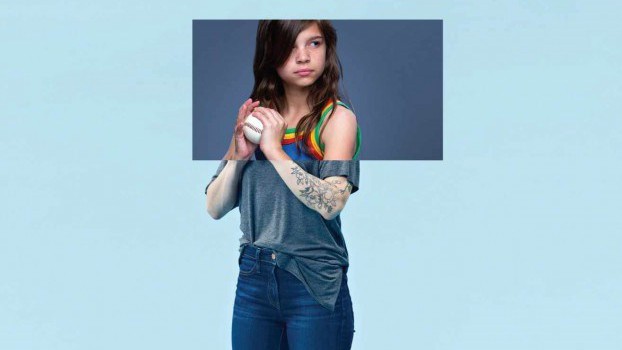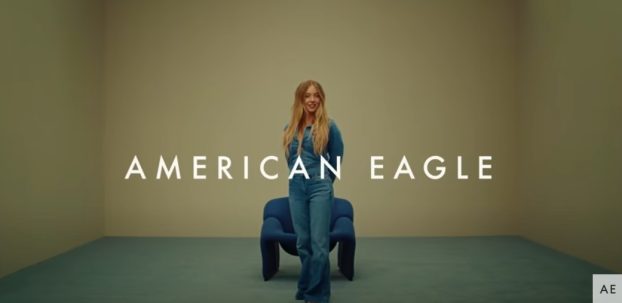It’s been a good year for Procter & Gamble’s Zeeshan Shams. Under his watch, Pampers has overtaken Huggies to become Canada’s top choice for both diapers and wipes (as measured by Nielsen). His baby-care team (a multifunction team of 20, including six marketers) came out on top at this fall’s P&G Canadian Marketing Awards, taking home the Best Canadian Brand Building award, as well as Best Marketing of a Product Initiative. And, of course, he was nominated for strategy’s Marketer of the Year.
“It’s a constant drumbeat of success,” Shams says about the growth of Pampers during his time as category brand manager, baby and toddler care (this October he took a new assignment as associate marketing director on health care).
Shams has spent his entire career at P&G, joining the Pakistan office upon graduation from his MBA in 1998. He launched the baby care division there two years later, before transferring to Canada in 2003, and joined the baby care division here in 2007.
Lynn Mayer, VP, communication planning group director, Carat Canada, has worked with Shams for the last three years on Pampers, and describes him as a highly disciplined marketer. “He’s direct, focused and energetic,” she says, “He’s challenging in the most positive sense of the word and, for him, excellent execution is an attitude.”
Shams had an opportunity to demonstrate that attitude this year, as Pampers launched its biggest innovation in 25 years. Next-gen diapers featuring Dry Max – a liner technology that allows diapers to be two times dryer and 20% thinner – didn’t hit shelves until March, but the marketing work began much earlier. In a program dubbed the “Canadian Roadshow,” the Pampers team pounded the pavement, meeting with senior management at key retailers to develop customized programs for the upcoming product kickoff.
“We explained the technology, the benefits and how we could work together to connect with shoppers,” Shams says.
With Walmart, for instance, in addition to discussing end caps and product displays, the P&G team worked to develop high-impact teaser campaigns. Weeks before the launch, Shams says, “There were messages in-store and on-shelf announcing the benefits, there were messages on the flyers and on the Walmart website.”
The teams also talked logistics, ensuring that within 48 to 72 hours of launch, the majority of stores would be stocked. This strong teamwork earned Pampers a Walmart Global President’s Award.
With other retailers, like Sobeys, they leveraged customer-loyalty databases to send targeted offers to appropriate consumers.
Shams says the Dry Max launch was a holistic one, focused on both the measurable benefits of the product (“two times dryer, 20% thinner” would become a mantra) and the resulting emotional benefit that “playtime never ends” when your baby’s in a dryer, comfier diaper. It relied on the co-operation of all agency partners, including Saatchi & Saatchi in New York for creative, plus Toronto-based agencies Optimum for PR, News Marketing for in-store and shelf-media, and Carat Canada for media.

In addition to the traditional media mix, the Dry Max launch was accompanied by Pampers’ biggest digital campaign to date, which included a video-upload contest, online sampling, YouTube videos and social media.
“The [goal] was to surround moms online with information about this new technology, so they were aware of and excited about Pampers’ new Dry Max diapers,” Shams says.
This strong digi push builds on the sturdy foundation of Pampers Village – the brand’s Canadian online community, developed by global IT services company Atos Origin and maintained by Pampers’ global AOR for digital, StrawberryFrog – which attracts 20,000 unique visitors per month. As well as product information, the site houses parenting advice, user forums, webisodes, online shopping and the brand’s Gifts To Grow loyalty program.
“We know that the internet is mom’s key source of information, and that’s why we put special emphasis on connecting with her online,” Shams says.
The brand’s interest in digital is bolstered by a 2009 Forrester survey that found that, on average, Canadian new moms spend nine hours a week using the internet – more than the combined time they spend listening to radio and reading newspapers and magazines.
The digital sphere is not without its challenges, however. Shortly after the launch of Dry Max, a U.S.-based Facebook group appeared, with its members claiming that the new technology was giving babies severe rashes. Over 11,000 people joined, and soon afterwards, numerous complaints had been filed to the U.S. Consumer Product Safety Commission (CPSC) and Health Canada.
Although most of the hoopla took place stateside, and an investigation by U.S. and Canadian officials found no link between the new diapers and increased rashes, it provided a reminder that the viral nature of the web isn’t always pleasant.
“The U.S. and Canada are pretty close, and anything that happens online travels fast,” Shams says. “But we’ve gone through the right evaluative processes with agencies in Canada and the U.S. and the product is top-notch – that was the conclusion, there’s nothing wrong. So we’ve moved forward.”
Damage control is just part of the job sometimes. In a way, this incident underscores what Shams (a father of three) already knew: parents want what’s best for their babies, and they’ll go out of their way to seek professional reassurance that their choices are the right ones.
In fact, this logic is the driving force behind Pampers’ “Dermatologist recommended” and “#1 Choice of Hospitals” claims, which originated within the Canadian marketing department – communicated via digital, print, DTC and in store – and were ultimately picked up in the U.S., appearing on packaging in both markets.
“Our consumer research suggests that pediatricians and dermatologists are key sources of information for moms,” Shams says. “We have a dedicated sales team that works to make our Pampers newborn diapers available to birthing hospitals across Canada.”
Pampers has also been reaching out to Quebec moms with Mes P’tits Bonheurs, Notre Aventure, a series of “showmercials” blending advertising and programming, led by Montreal-based BCP. Launched in 2007 and continuing into 2009, the three-minute spots brought together a celebrity host, local consumers and pediatricians to talk about diapers, skincare and other baby-care issues.
“They maintain an element of entertainment, which we believe is very important for the Quebec marketplace,” Shams says.
Since Quebec makes up close to 25% of Pampers’ Canadian consumer base, it’s important to understand the needs of moms in that region, and to develop unique platforms to reach them, Shams says. He says the showmercials – supported by print, digital and customized retailer programs – resulted in incremental sales improvement in the province.
As Pampers is more than just a diaper brand, another task on Shams’ recent to-do list has been providing moms with “full diapering solutions” by driving the sales of wipes. Shams explains: “In all of our marketing, when we think diapers, we think wipes – whether print, digital or scale marketing tools.”
This is another area where he has been working closely with retailers. “One of the primary tools of communication big retailers have is their merchandising flyers,” he says, and simply including wipes alongside diapers in the flyer makes a big difference. “We’ve been advocating it very proactively with our retail partners. It’s working for the category and
for everybody.”
And the numbers bear that out: between June 2009 and June 2010, Pampers grew its diapers/trainers share by 3.8 points, while wipes grew by 2.8 points.
Now that Shams has moved on to health care at P&G, expect the retail shake-up to creep into new aisles.
Jump to:























